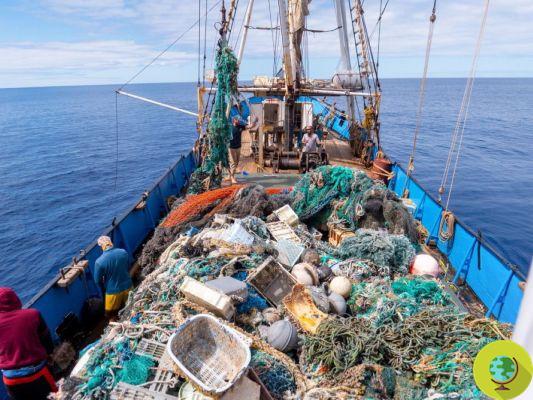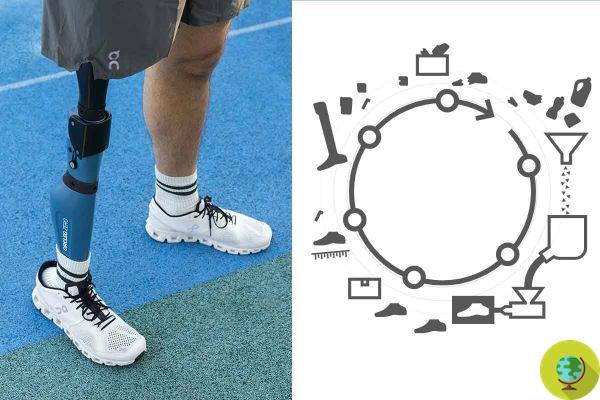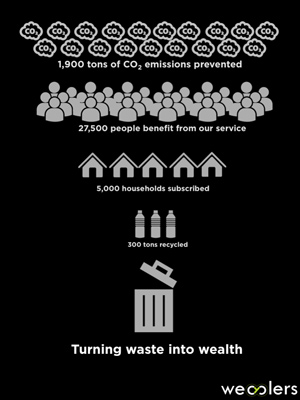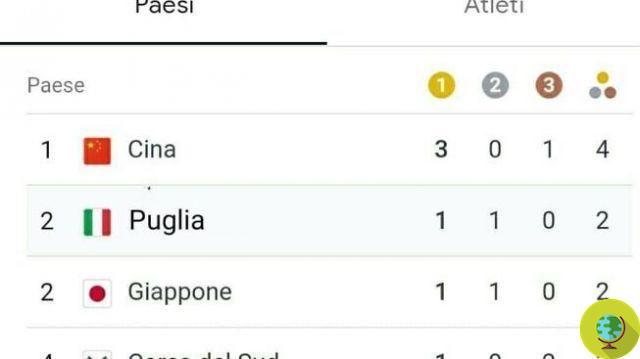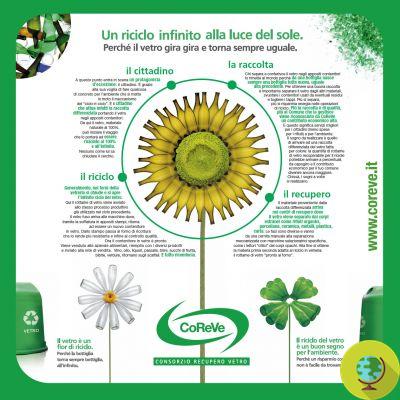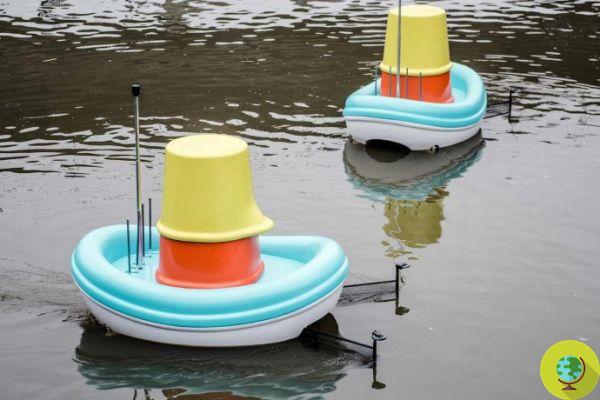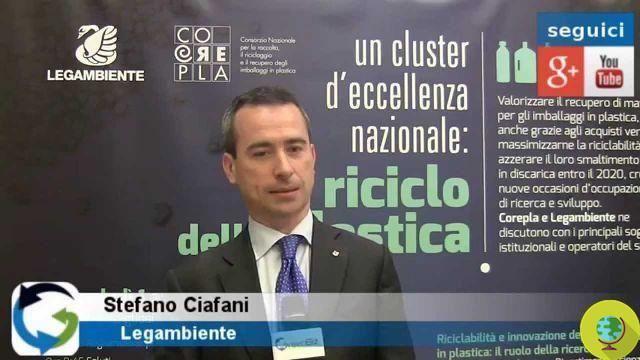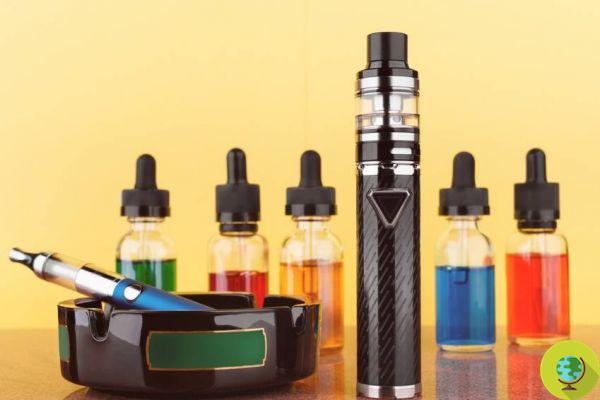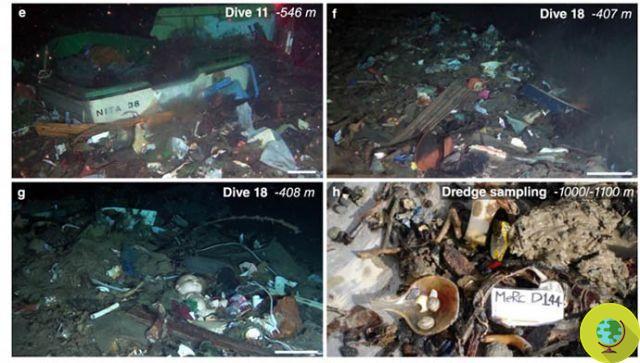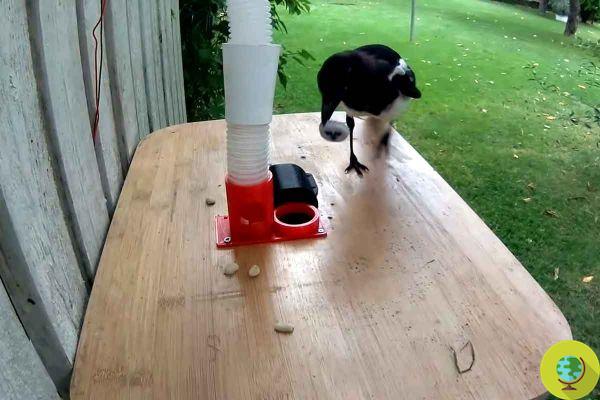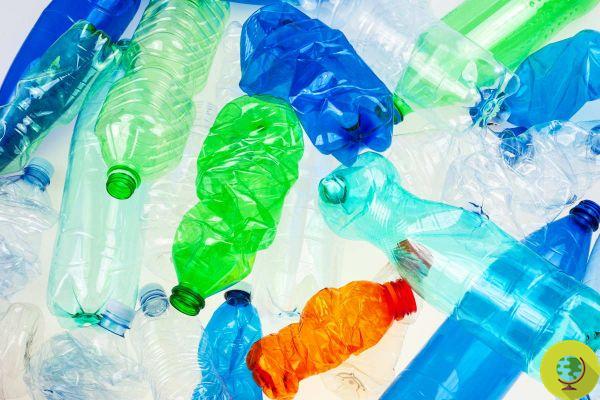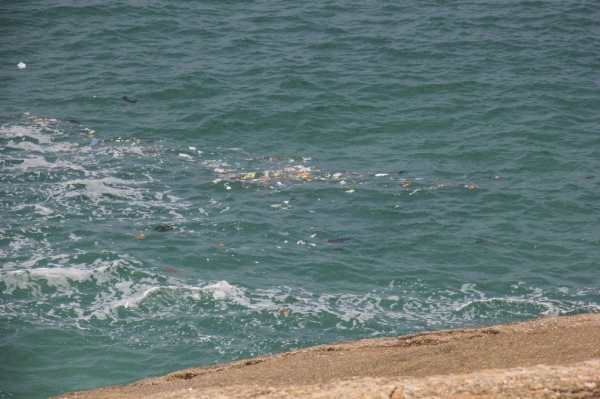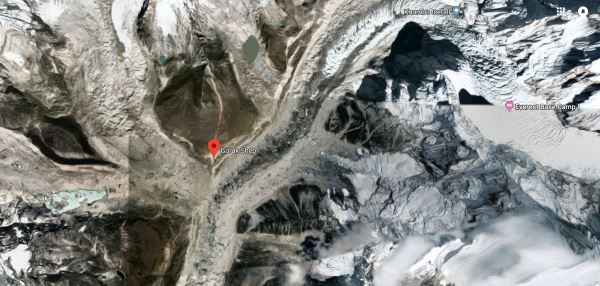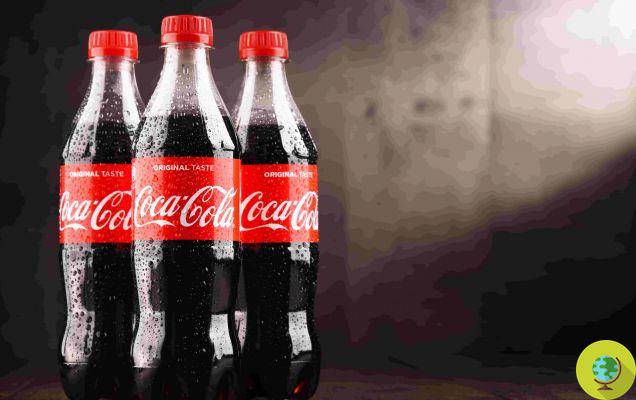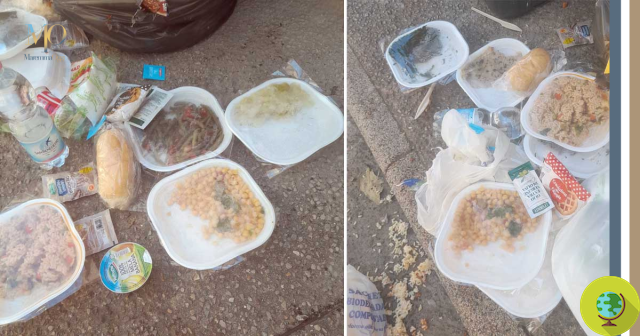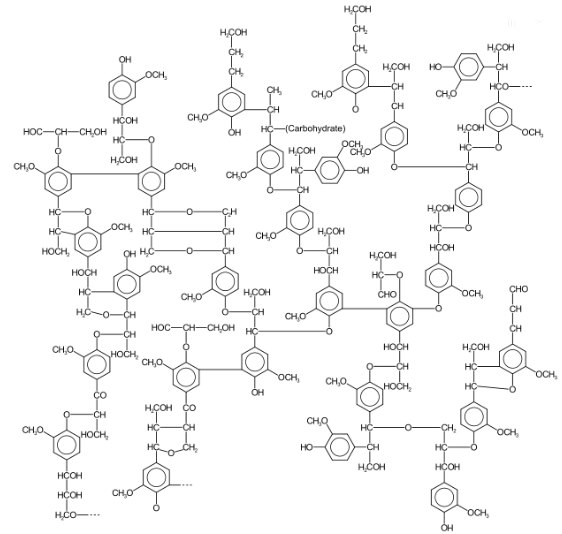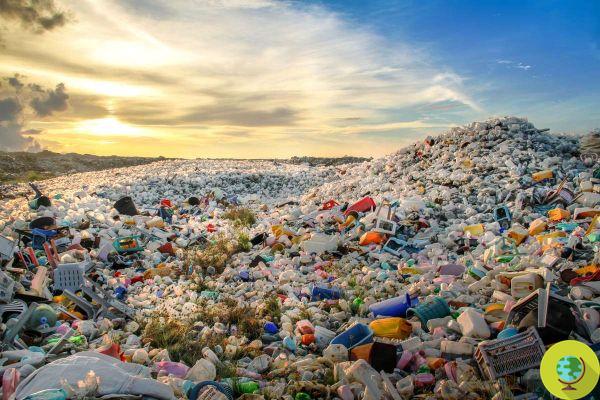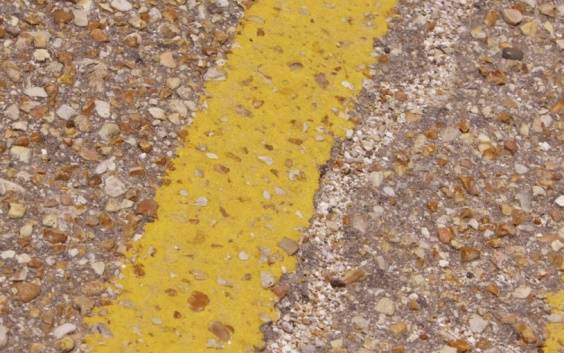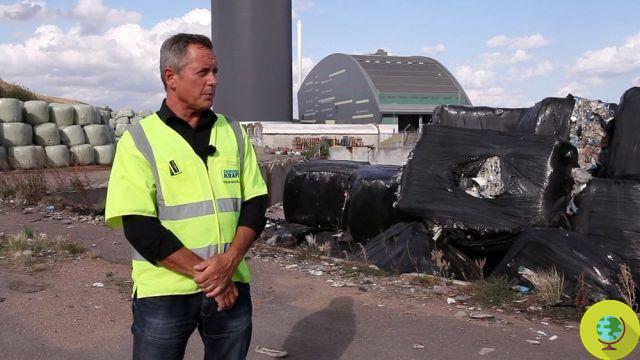
Sweden recycles too much waste and is forced to import garbage from other European countries to get the machines running at full speed.
He is about to end up run over, his mother saves him
La Sweden recycles too much waste and to make the machines work at full speed, she is forced to import garbage from other European countries.
To give the curious news was Catarina Ostlund, advisor to the Swedish agency for the protection of the environment - who gave an interview to the "Public radio international”, later taken up both by the French journal of ecology "Terra Eco", both from Audrey Garric, author of the “blog-ecolo di Le Monde“.
As reported by the "Swedish Waste Management“, Stockholm recycles the 36% of total household waste and to do more is only Denmark with 54%, compared to a European average that stops at 22%. Thanks to this massive disposal, Sweden manages to produce enough energy to ensure 20% of the urban heating of the whole country and to supply electricity to 250.000 households (out of a total of 4,6 million).
So what?
The problem (so to speak) is that the cSweden's ability to dispose of waste is significantly higher the quantities of materials produced domestically (i.e. about 3 tons) and to make the machines work at full capacity and thus avoid losing money every year, the country will have to start importing garbage from other European realities. The first candidate nation is Norway, from which they will come every year well 800.000 tons of waste!
"Valuing waste inside factories plays an important role from an energy point of view, especially in a historical period in which the price of energy shows no sign of decreasing - said Catarina Ostlund - and in the future we could face a shortage. of fuel. However, it is important for Sweden to seek new means to reduce garbage production and increase recycling, but at the moment there is energy enhancement is the best solution".
Of course, as Audrey Garric explains on her blog, this whole disposal process leads to a constant and massive presence of polluting powders produced by incinerators.
But even in this respect, Sweden has been able to make great strides!
According to the Swedish waste management agency, the country has rectified and implemented strict regulation over time in terms of limitation of emissions, thus arriving - from 1980 to today - at one 90% reduction of pollutants.
Hydrogen chloride (HCI), a colorless and highly corrosive toxic gas has thus gone from 8400 tons emitted by the country in 1985 to 60 tons in 2007.
Same thing for the sulfur oxides (SOx), responsible for acid rain, which has significantly reduced, and for lead, which has recorded a significant decrease in recent years.
But this is not entirely convincing. According to National Waste Center (French independent information association), "the national monitoring institute insists that - to measure the effects of the incinerators currently active in the area and the results of the standards applied - it will be necessary to wait a period of at least 5-10 years and yet the risks they are by no means shunned. The strengthening of regulations and prohibitions shows that it is impossible to guarantee the safety of the incineration process, because it involves a lot of chemical reactions".
And then the blanket makes itself felt too short: while waiting for the separate collection to reach significant percentages, it is better to keep the waste and the emergency landfills or the pollution and environmental impact of so-called "waste-to-energy plants"?
Verdiana Amorosi




